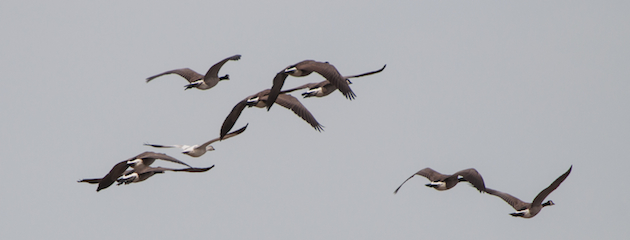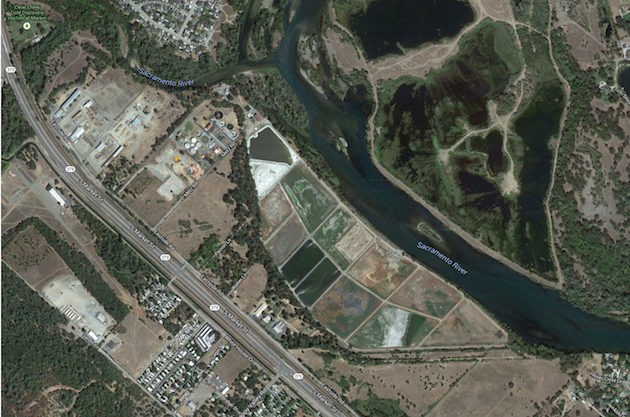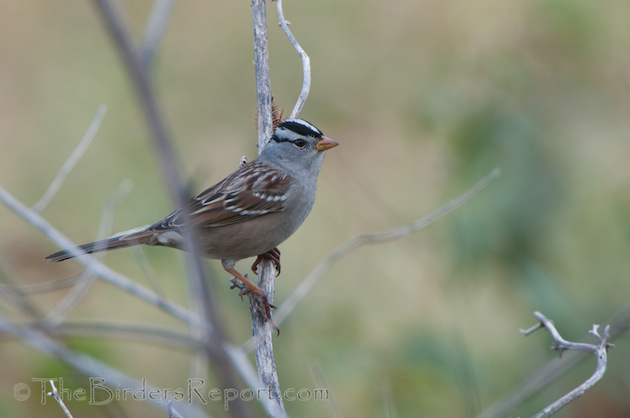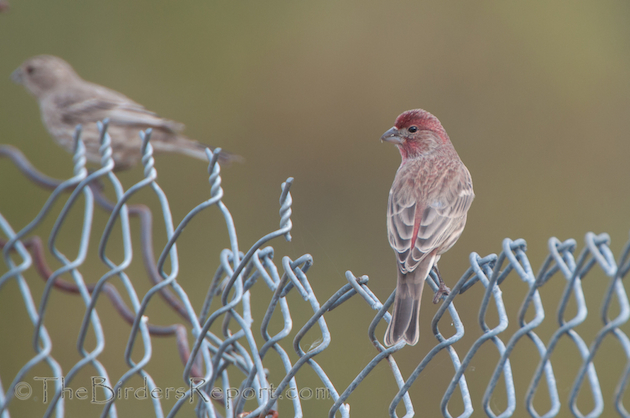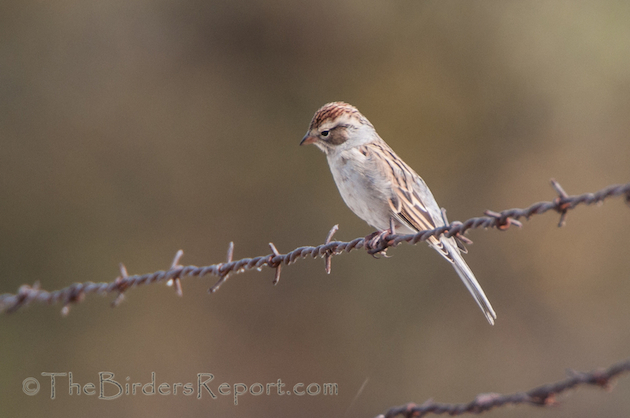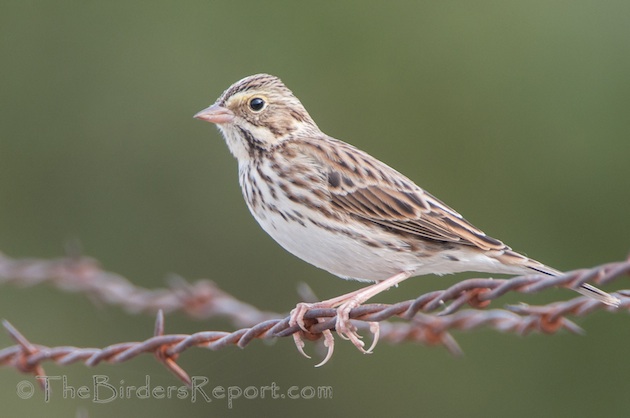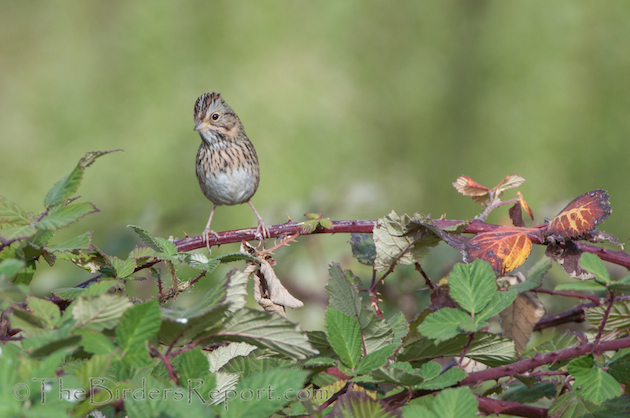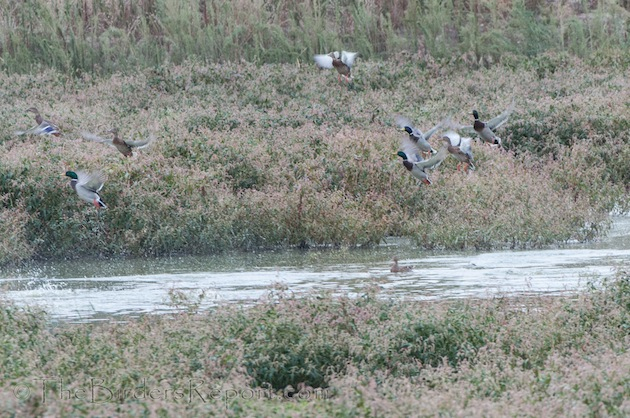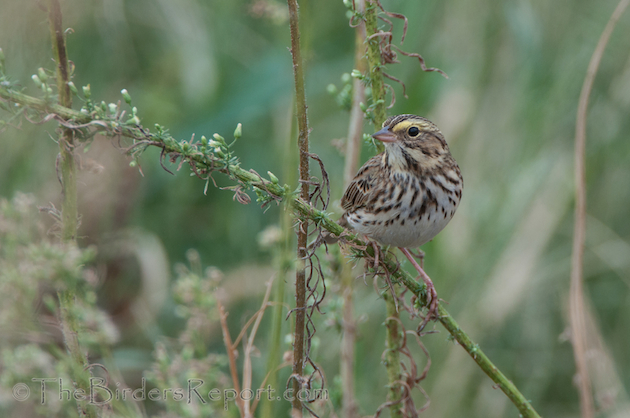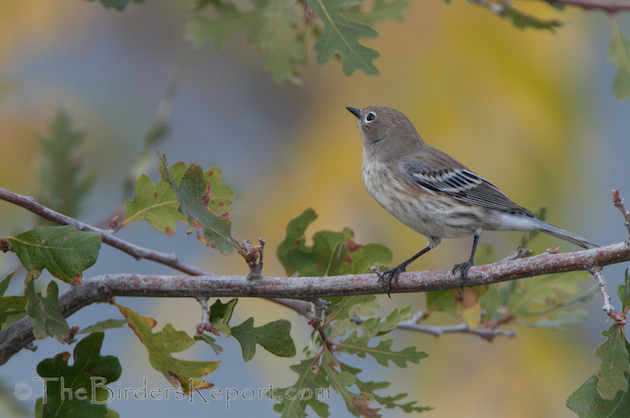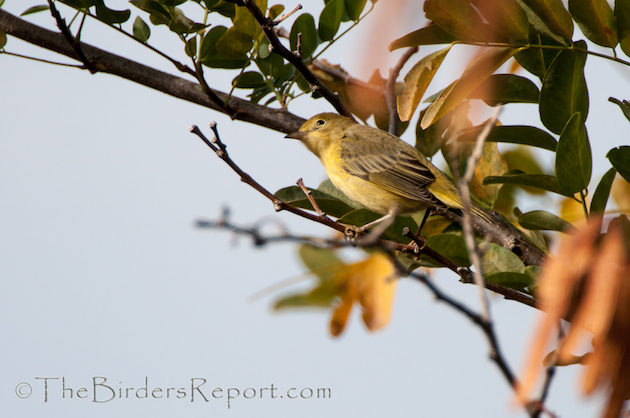Wastewater Treatment Plants are known to birders all over the country as great birding spots. If constructed properly, these facilities can be not only a boon to birders and other wildlife enthusiasts but an obvious benefit to their local communities. One of the best examples in the world is the Arcata Marsh and Wildlife Sanctuary on the northern California coast. Arcata Marsh has become the poster child for how to turn wastewater into wetland restoration and effluence into affluence.
But this post isn’t about Arcata Marsh, it’s about the leaders of our local Audubon Society chapter convincing the local wastewater treatment plant to reopen to the birding community
The Clear Creek Wastewater Treatment Plant consists of 10 ponds, one of which will be managed to attract shore birds and dabblers with gently sloping sides, native vegetation and shallow ponds and mud flats. You can see the facility in Google Maps here.
This facility had been closed to the public for at least the last five years but due to the diligence and persistence of our local Audubon leaders, the plant management decided to open the facility grounds back up to the birding community.
I snapped these photos on my first birding trip to the newly reopened facility beginning with a White-crowned Sparrow (Zonotrichia atricapilla). Click on photos for full sized images.
The fence surrounding the facility is bordered by a dense mixed forest of pine and deciduous trees giving several sparrow and finch species a good location to hang out and observe the birders. There were House Finches (Capodacus mexicanus)
a Chipping Sparrow (Spizella passerina)
and several Savannah Sparrows (Passerculus sandwichensis)
As I rounded the southern end of the ponds a flock of Canada Geese (Branta canadensis) flew over with a lone Snow Goose (Chen caerulescens) in tow seen in the photo at the top of this post. Although not unusual to see these species in this location, considering the Sacramento River borders the East side of the plant, it seemed rather early to see the Snow Goose.
The banks along the river are covered with pretty dense vegetation which this spunky Lincoln Sparrow (Melospiza lincolnii) seemed to enjoy.
Heading back toward the plant there was an area with shallow water and natural vegetation with Green-winged Teal, Northern Shoveler and these Mallards (Anas platyrhynchos) taking flight
I also got some nice close-up views of the Savannah Sparrow
what appears to be a female Yellow-rumped (Audubon’s) Warbler (Setophaga coronata)
and a Yellow Warbler (Setophaga petechia)
Good birding at those wastewater treatment plants! Audubon Magazine gives us a list of 10 great birding spots that you probably never thought you’d want to visit.
For instructions on how to access the ponds, see our November Newsletter.

